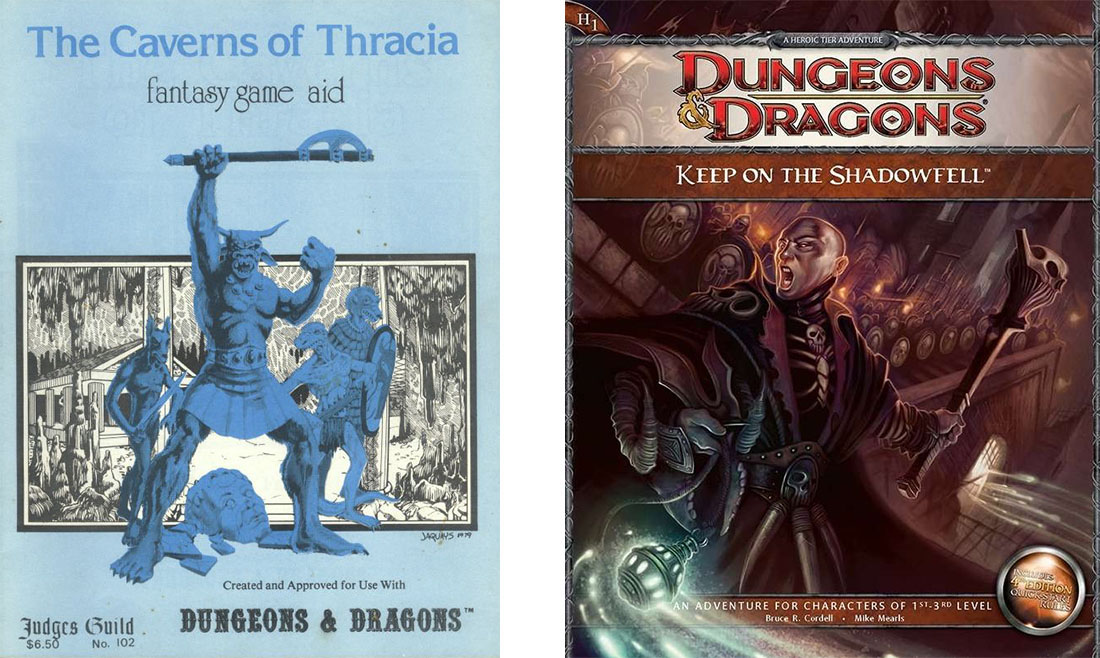I agree with your diagnosis. What I’m trying to do dig into is how techniques that have players arrive at the same destination (through admittedly different means) because that’s what the GM wants can be viewed so differently. Even Justin does this. The three clue rule is positioned as a robust alternative to traditional adventure design (particularly in mystery scenarios), but it still has the players going through what the GM planned. In my view, the difference is in its robustness rather than in the overall arc of play it creates.
He’s obviously aware of other solutions to implement a mystery. He discusses Gumshoe in his “
Three Clue Rule” essay, but he rejects its solution. In his view, a mystery requires having established facts the PCs discover and interpret. If you are creating them as you go, you are superficially following the structure of a mystery story while failing to create the experience of
playing a mystery. He doesn’t mention any other games, but the essay is sixteen years old, so they probably didn’t exist at the time. I suspect he’d feel about them the same as he does Gumshoe.

